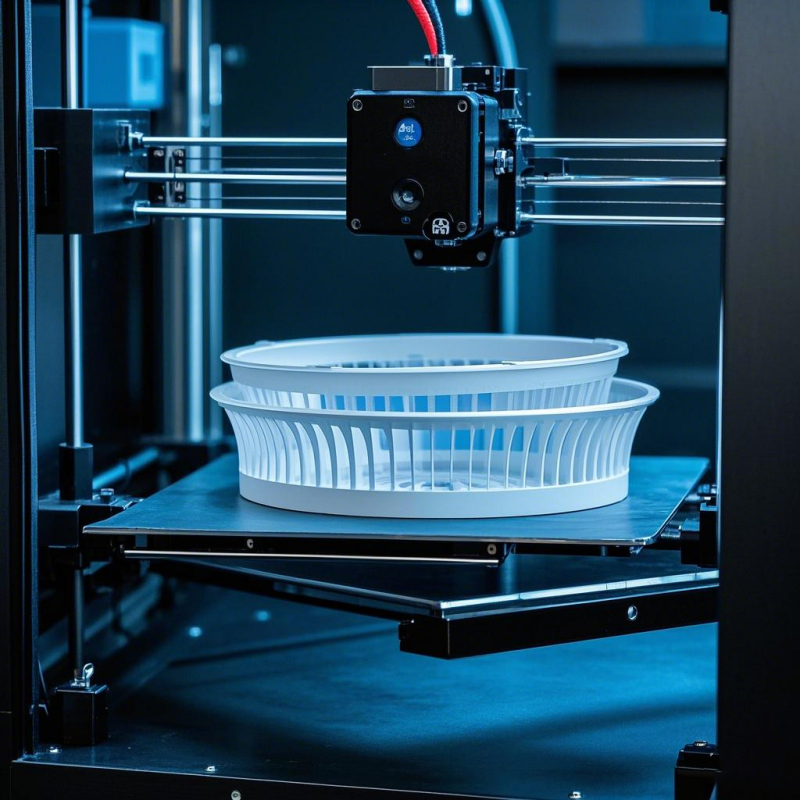3D Printing in Home Appliance Manufacturing: Redefining Design and Production
The
home appliance industry is leveraging 3D printing to revolutionize
product development, customization, and sustainability. Applications
include rapid prototyping of innovative designs, production of
lightweight components, and on-demand manufacturing of spare parts. For
example, 3D-printed polymeric housings for smart speakers or kitchen
appliances enable intricate shapes and integrated functionalities, while
customized replacement parts like dishwasher brackets or oven knobs
reduce downtime and enhance user convenience. Companies are also
experimenting with additive manufacturing to create modular, upgradable
appliances, such as refrigerators with adjustable storage
configurations.
Compared
to traditional machining and injection molding, 3D printing offers
three key advantages. First, it eliminates the need for costly molds and
tooling, reducing prototyping costs by up to 70% and accelerating
design iterations from weeks to days. Second, it allows for complex
geometries—such as internal cooling channels in air conditioners or
lattice-structured lightweight frames—that optimize performance and
material usage. Third, additive manufacturing minimizes material waste
by up to 90%, aligning with industry goals for circular economy
practices.
Additionally,
3D printing supports decentralized production, enabling localized
manufacturing of region-specific appliance components or niche-market
products. These benefits—design flexibility, cost efficiency, and
sustainability—are driving a shift toward smarter, more adaptable
appliance manufacturing, empowering brands to meet evolving consumer
demands while reducing environmental impact.
